Development of Innovation “tokotki.id” to Increase the Capacity of Household Financial Improvement Strategy of Indonesian Migrant Community in Malaysia
Abstract
tokotki.id is an innovation aimed at enhancing the financial improvement strategies of Indonesian migrant households in Malaysia. The platform offers various services and products specifically designed to meet the needs of the Indonesian community seeking Malaysian products through the currently popular "Jasa Titip" (proxy shopping) service in the online business world. With its innovative approach, the presence of tokotki.id plays a role in addressing the financial challenges faced by the Indonesian migrant community in Malaysia. Through tokotki.id, migrants can easily and efficiently access various Malaysian products to sell in Indonesia. Additionally, the platform provides information and advice on personal financial management and tips for optimizing their income in Malaysia. Thus, tokotki.id helps migrants enhance their financial management capabilities through an online business model. Another feature that can be utilized from tokotki.id is the online marketplace, which allows migrants to sell local Indonesian products to the community in Malaysia. This creates new business opportunities for migrants to increase their income and diversify their sources of earnings. Furthermore, tokotki.id provides a platform for migrants to share experiences and tips about life in Malaysia, fostering a solid and supportive community. Indonesian migrants in Malaysia can improve their financial stability and family lives through innovations like tokotki.id, which provides access to products and financial services while enhancing users' financial management skills. This platform offers new opportunities for the migrant community to achieve financial independence and well-being.
References
Bromley, D. W., & Cernea, M. M. (1989). The management of common property natural resources: Some conceptual and operational fallacies (Vol. 57). World Bank Publications.
Howkins, J. (2002). The creative economy: How people make money from ideas. Penguin UK.
Khoo, O. (2010). Intellectual property and the creative industries in Asia (China and Singapore). Asia Pacific Law Review, 18(1), 151–170.
Raustiala, K., & Sprigman, C. (2006). The piracy and paradox: Innovation and intellectual property in fashion design. Va. L. Rev., 92, 1687.
Situmorang, J. W., & Situmorang, J. (2008). Iklim usaha UKM di era otonomi daerah. INFOKOP”, Media Pengkajian Koperasi Dan UKM, ISSN.
Wong, C. Y., & Gao, R. H. (2008). Creative Industry in UK, Japan and China: A supply chain management perspective. 神戸大学経営学研究科 Discussion Paper, 2008.
Yoshimoto, M. (2003). The status of creative industries in Japan and policy recommendations for their promotion. NLI Research, Social Development Research Group.
Yustika, A. E. (2006). Ekonomi Kelembagaan: definisi, teori, dan strategi. Malang: Bayumedia Publishing.
Zhang, H., Wang, J., & Liu, D. (2011). Experiences of creative industries development in developed countries and enlightenments. Asian Social Science, 7(8), 237.
Copyright (c) 2024 Yuli Agustina, Ita Prihartining Wilujeng, Afwan Hariri Prohimi

This work is licensed under a Creative Commons Attribution 4.0 International License.

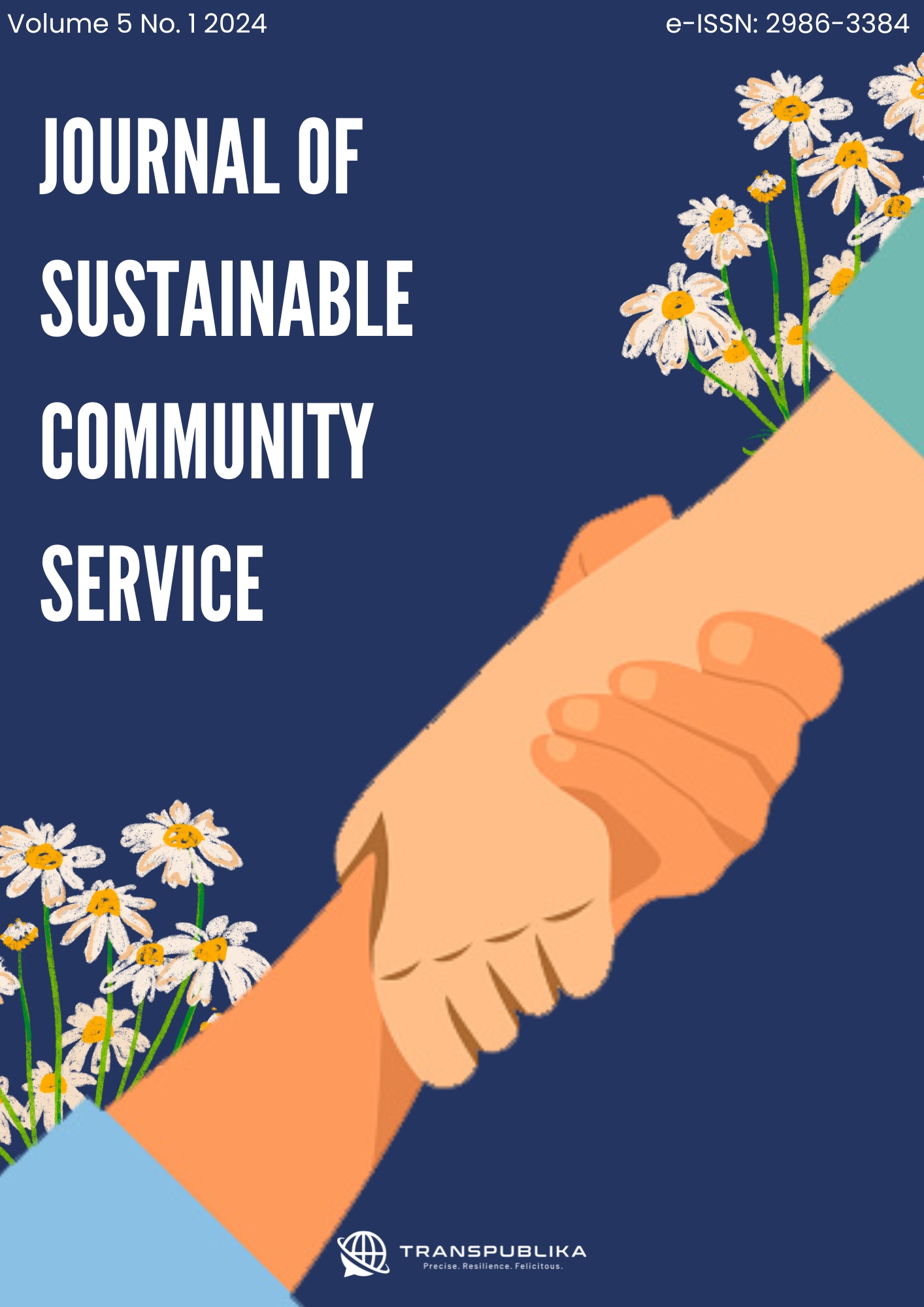










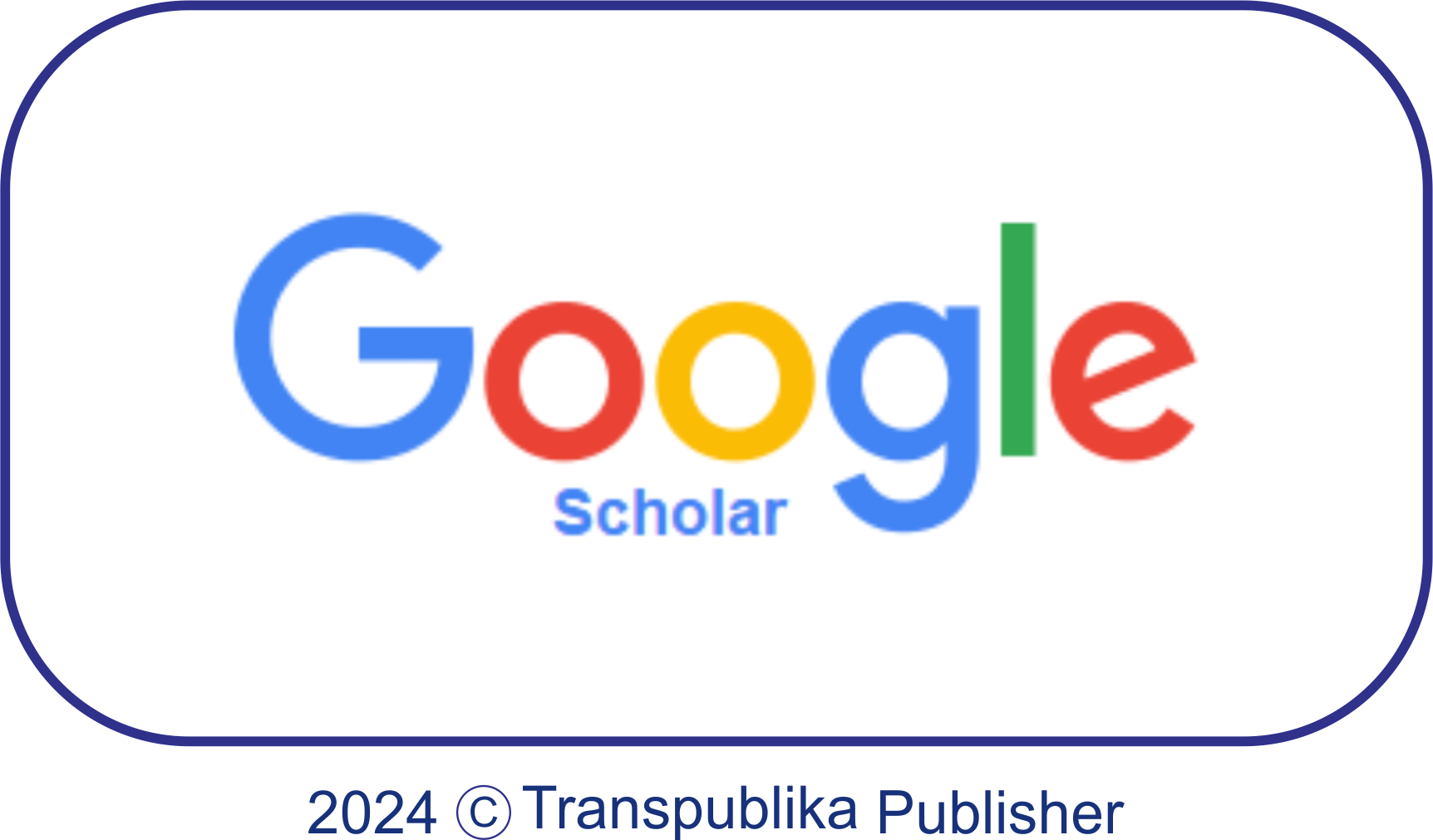
.png)
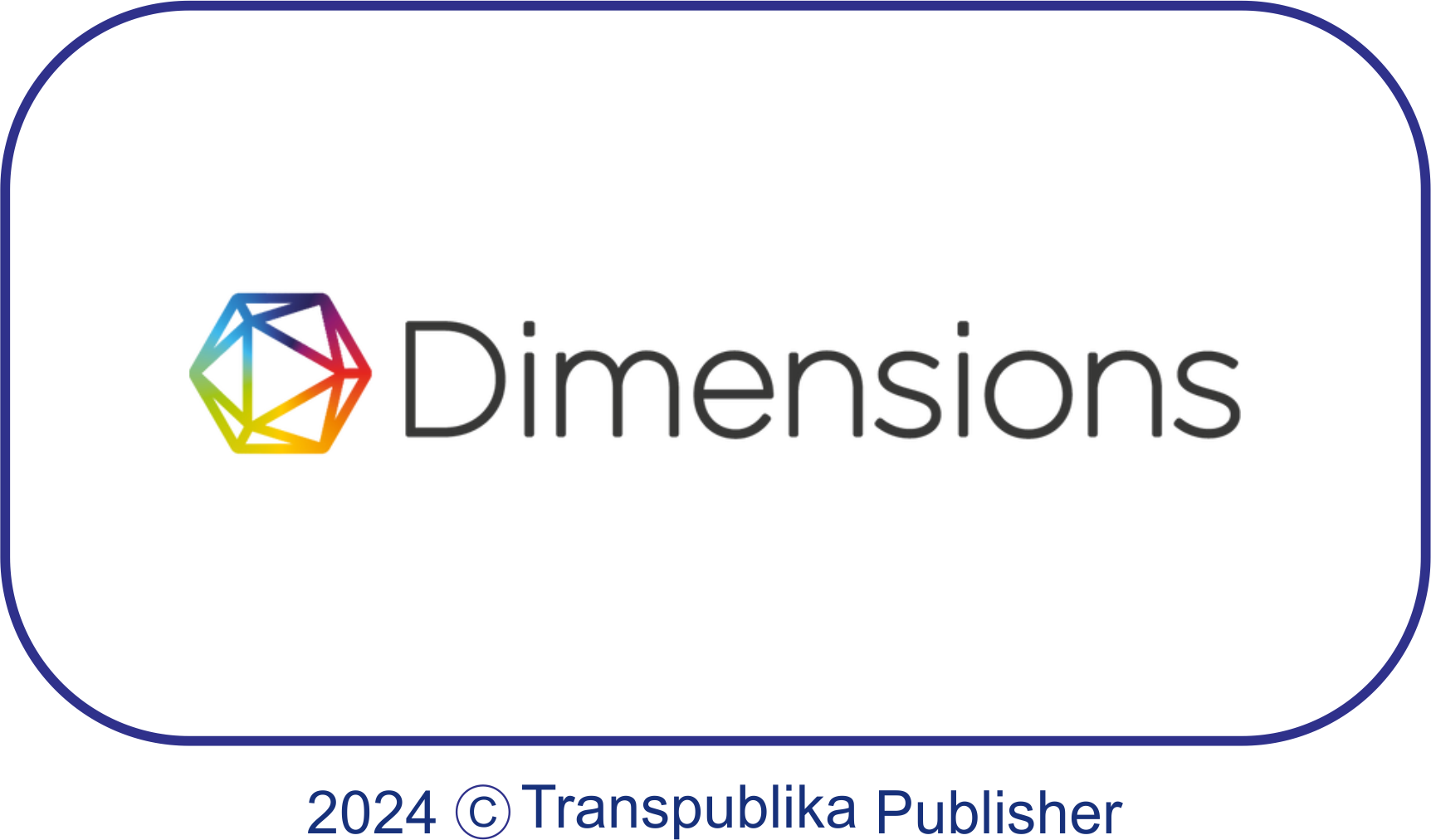
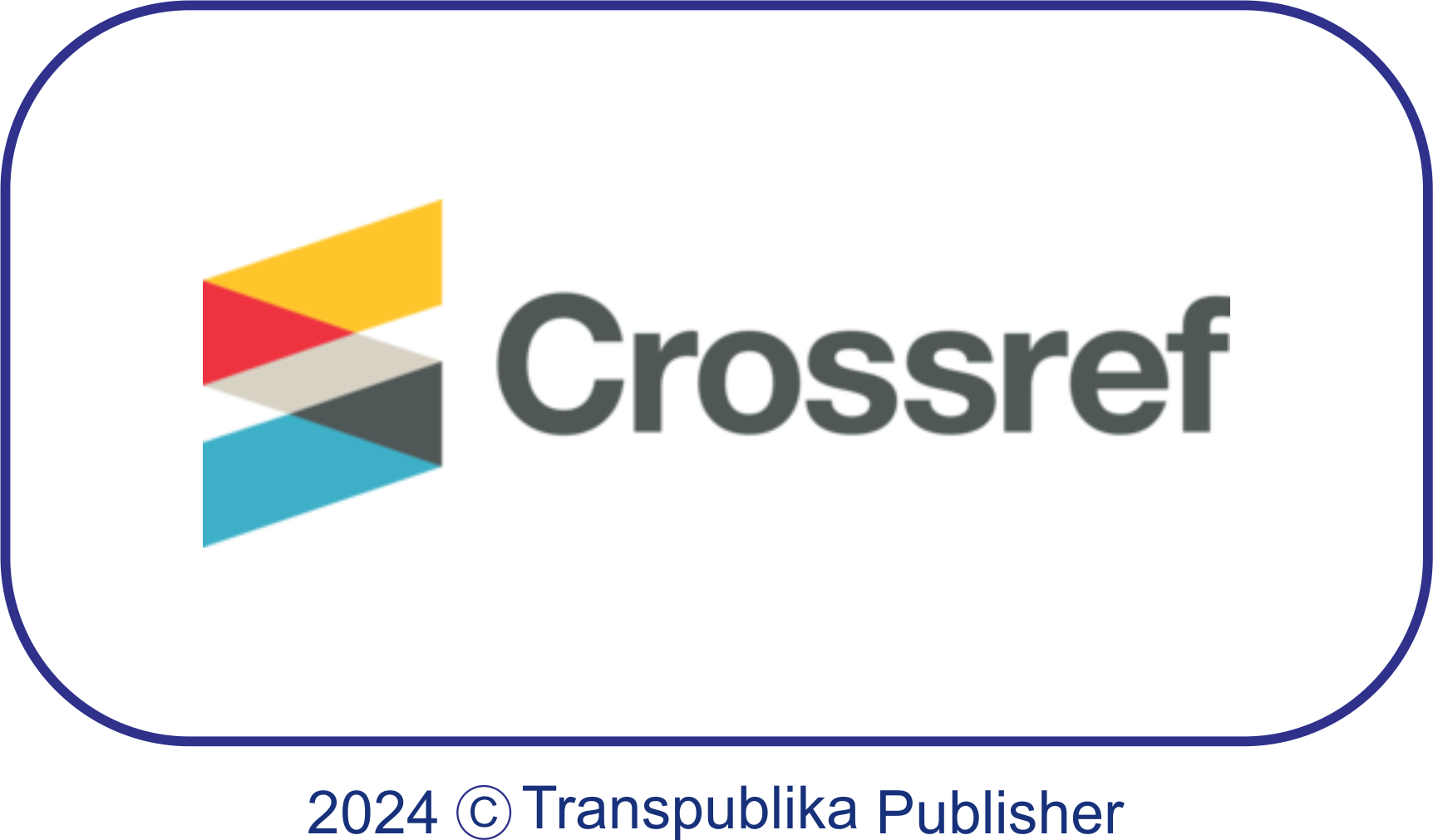
.png)
.png)

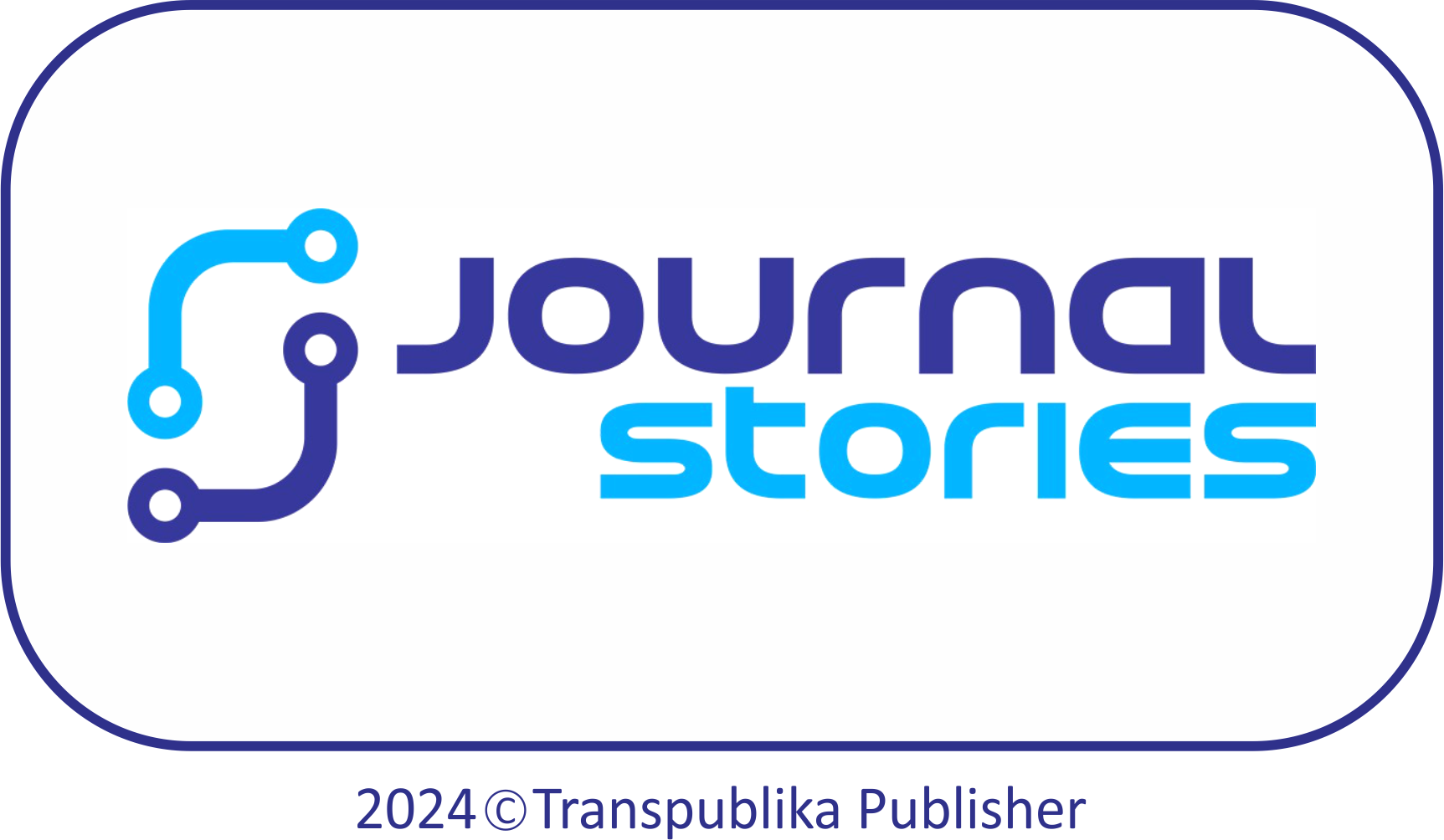
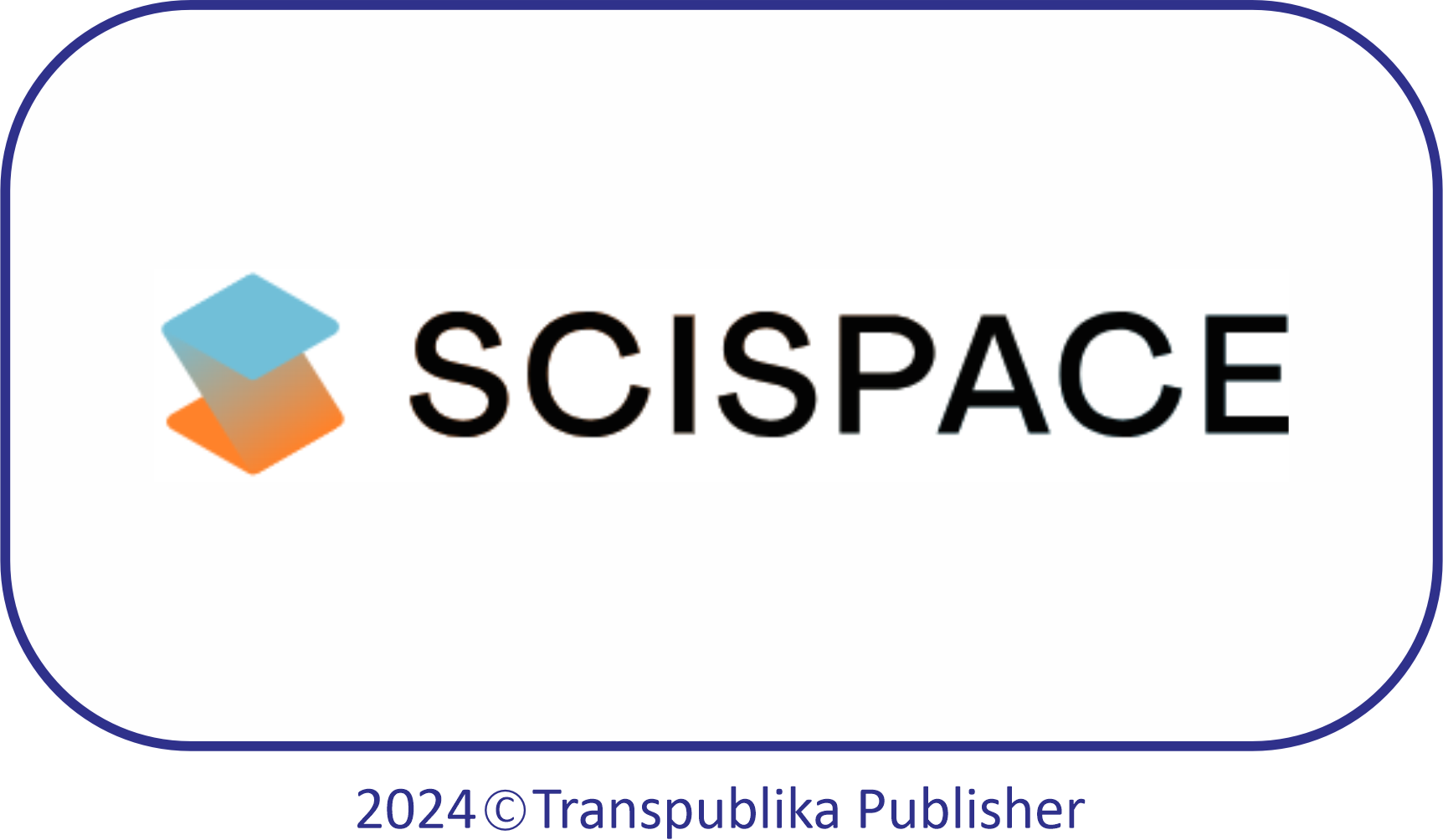
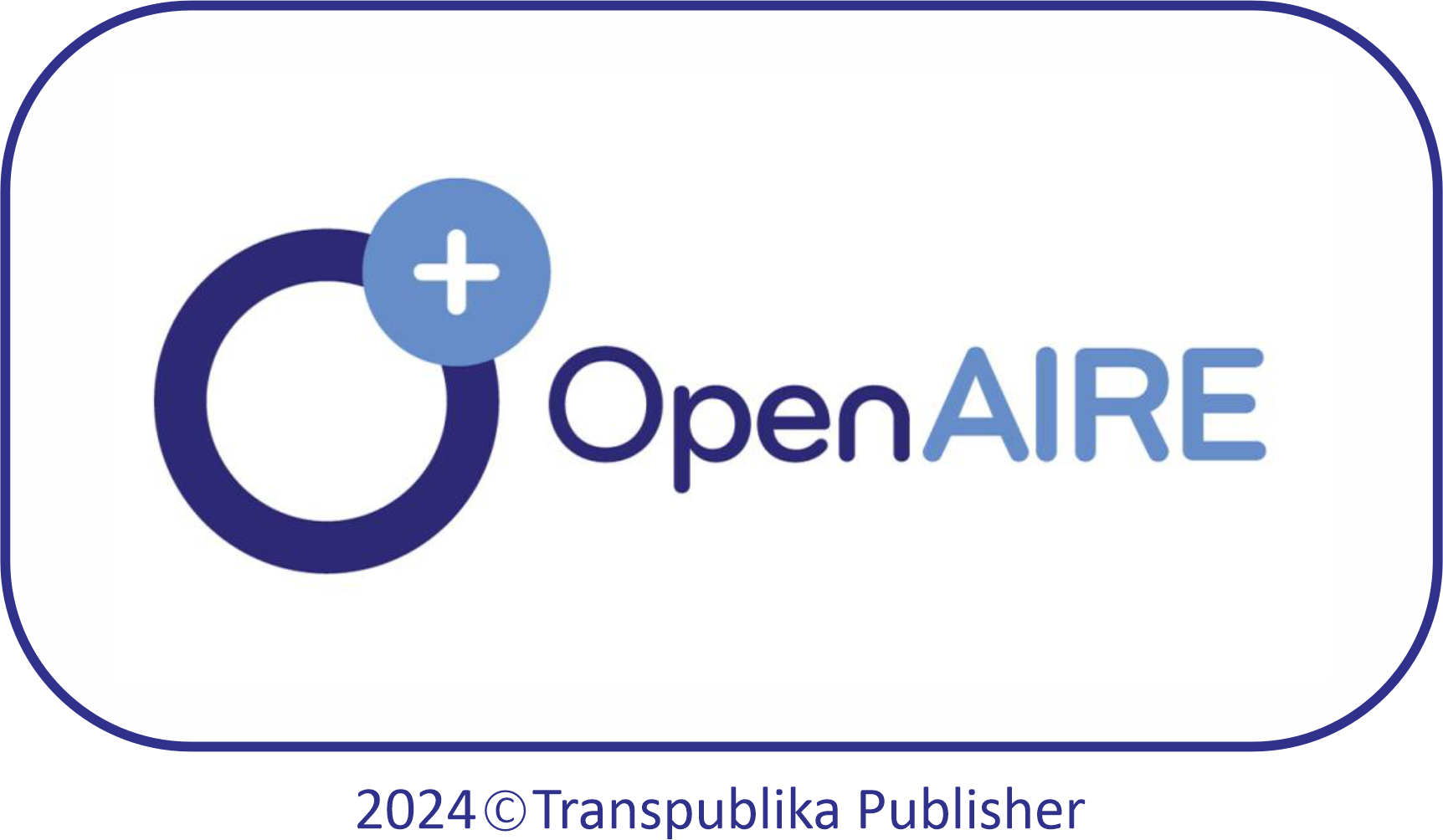


.png)

